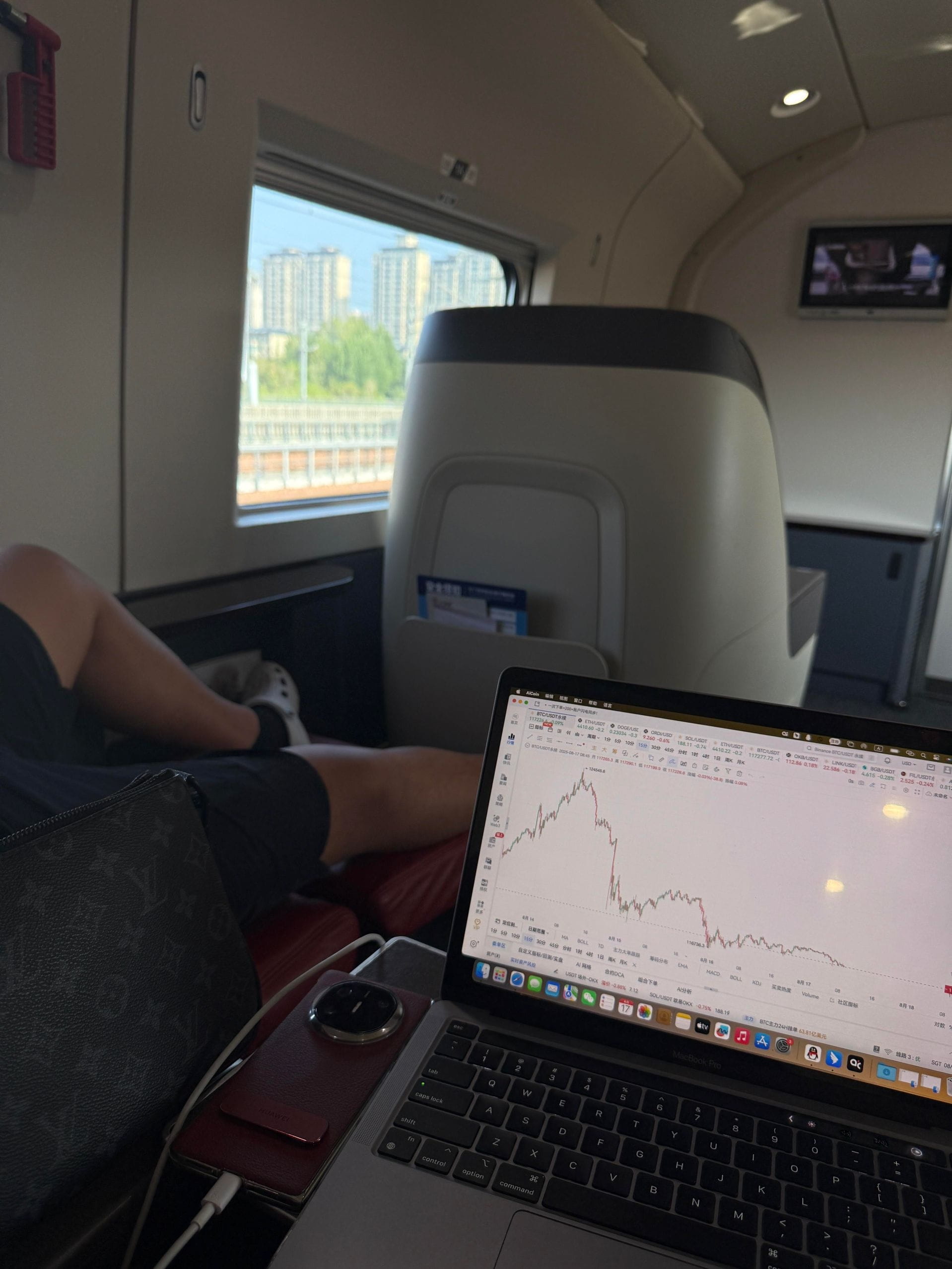Why do contracts always lead to liquidation? It's not bad luck; it's that you fundamentally don't understand the essence of trading! This article, condensing ten years of trading experience with low-risk rules, will completely overturn your understanding of contract trading - liquidation is never the market's fault but a time bomb you buried yourself.
Three Major Truths that Disrupt Cognition
Leverage ≠ Risk: Position Size is the Lifeline
Using 1% position with 100x leverage, the actual risk is only equivalent to 1% of a full spot position. A certain student used 20x leverage to trade ETH, investing only 2% of capital each time, with three years of no liquidation record. Core Formula: Real Risk = Leverage Multiplier × Position Ratio.
Stop Loss ≠ Loss: The Ultimate Insurance for Accounts
In the March 2024 crash, the common feature of 78% of liquidated accounts: losses exceeded 5% but did not set a stop loss. Professional traders' iron rule: Single loss must not exceed 2% of capital, equivalent to setting a "circuit fuse" for the account.
Rolling Position ≠ All In: The Correct Way to Open Compound Interest
Ladder Positioning Model: First position 10% for trial and error, add positions with 10% of profits. Starting with 50,000 capital, the first position is 5,000 (10x leverage), add 500 each time achieving 10% profit. When BTC rises from 75,000 to 82,500, the total position only expands by 10%, but the safety margin increases by 30%.
Institution-Level Risk Control Model
Dynamic Position Formula
Total Position ≤ (Capital × 2%) / (Stop Loss Margin × Leverage Multiplier)
Example: For 50,000 capital, 2% stop loss, 10x leverage, the maximum position is calculated as = 50000 × 0.02 / (0.02 × 10) = 5000.
Three-Stage Profit Taking Method
① Close 1/3 at 20% profit ② Close another 1/3 at 50% profit ③ Move stop loss for remaining position (exit if it breaks the 5-day line)
In the 2024 halving market, this strategy increased 50,000 capital to one million in two trends, with a return rate exceeding 1900%.
Hedging Insurance Mechanism
Use 1% of capital to buy Put options when holding positions, which can hedge 80% of extreme risks in practice. In the April 2024 black swan event, this strategy successfully salvaged 23% of account net value.
Deadly Trap Data Empirical Evidence
Holding a position for 4 hours: Probability of liquidation increases to 92%
High-Frequency Trading: Monthly average of 500 operations with a loss of 24% of capital
Profit Greed: 83% of profits returned due to not timely taking profits
IV. Mathematical Expression of Trading Essence
Expected Profit = (Win Rate × Average Profit) - (Loss Rate × Average Loss)
When setting a 2% stop loss and a 20% take profit, a win rate of only 34% can achieve positive returns. Professional traders achieve an annualized return of over 400% through strict stop-loss (average loss of 1.5%) and trend capturing (average profit of 15%).
Ultimate Rule:
Single Loss ≤ 2%
Annual Trades ≤ 20
Profit/Loss Ratio ≥ 3:1
70% of the time in cash waiting
Pay attention to one saying, the essence of the market is a probability game, smart traders use 2% risk to seek trend dividends. Remember: control your losses, and profits will naturally run. Establish a mechanical trading system, let discipline replace emotional decision-making, that's the ultimate answer for continuous profit.


